
The Hi-Line Columns
Exploring North America’s biome
In September of 2020, I traveled from Washington D.C. to Seattle, Washington, coming home after a 2-year employment engagement. Due to the global COVID-19 pandemic, I chose to take a less busy route, Highway 2, known as the Hi-Line, the northernmost highway in the United States.
Along the way I collected water and soil samples from the nation’s major waterways, mixing them with egg yolk and chipped paper to create Winogradsky columns. These bacterial mud columns are a reflection of the biome of the United States and a record of obscure locations recorded during a global crisis.
The Potomac River
August 30, 2020
Jones Point Park, Alexandria, Virginia
Collected near the point where Washington D.C., Maryland, and Virginia all converge, this sample was a way of saying goodbye to the place I had called home for 2 years. The location was a human-impacted shoreline near Jones Point Lighthouse. The column displays profuse cyanobacteria and the growth of several anaerobic layers.
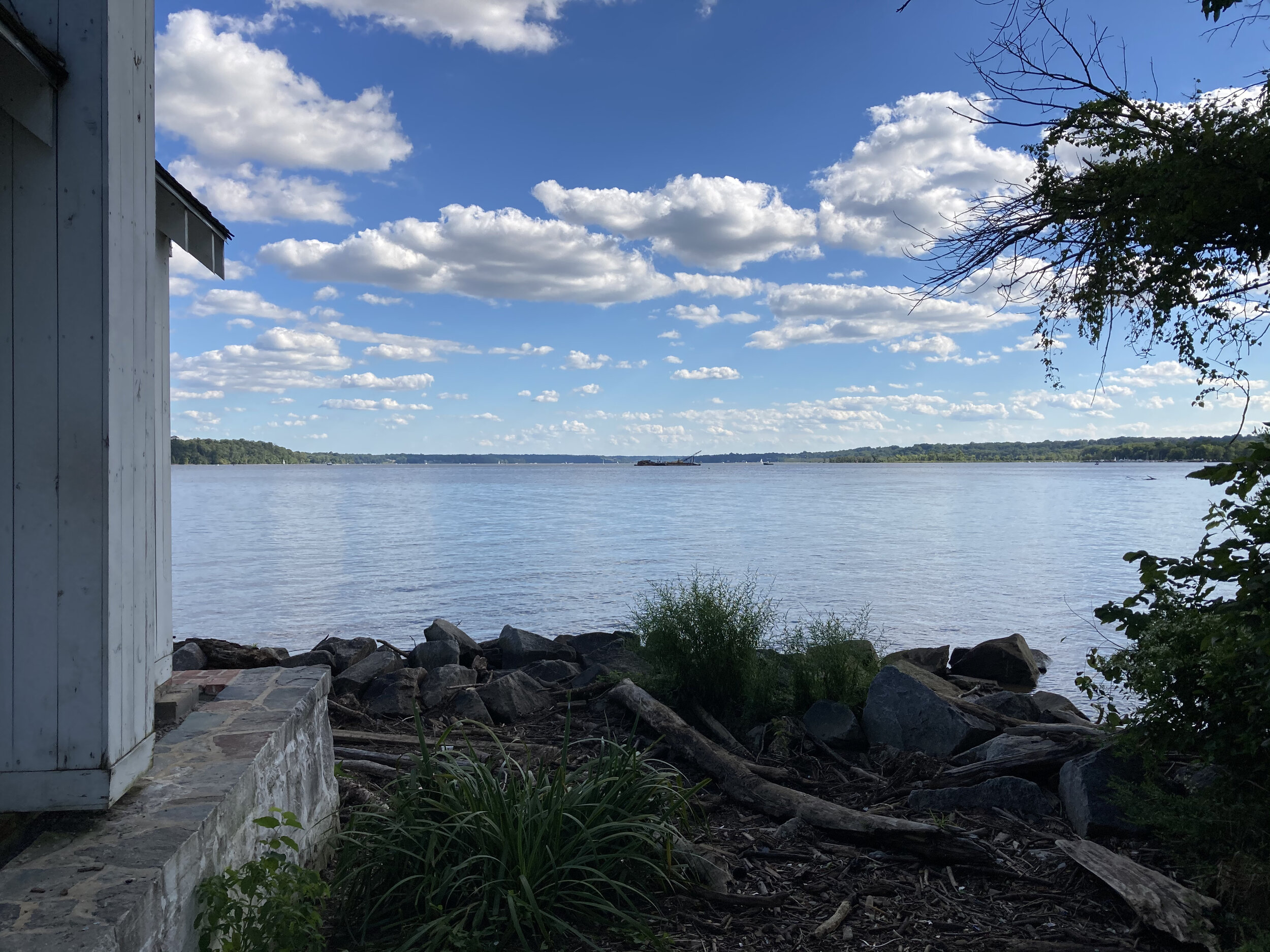

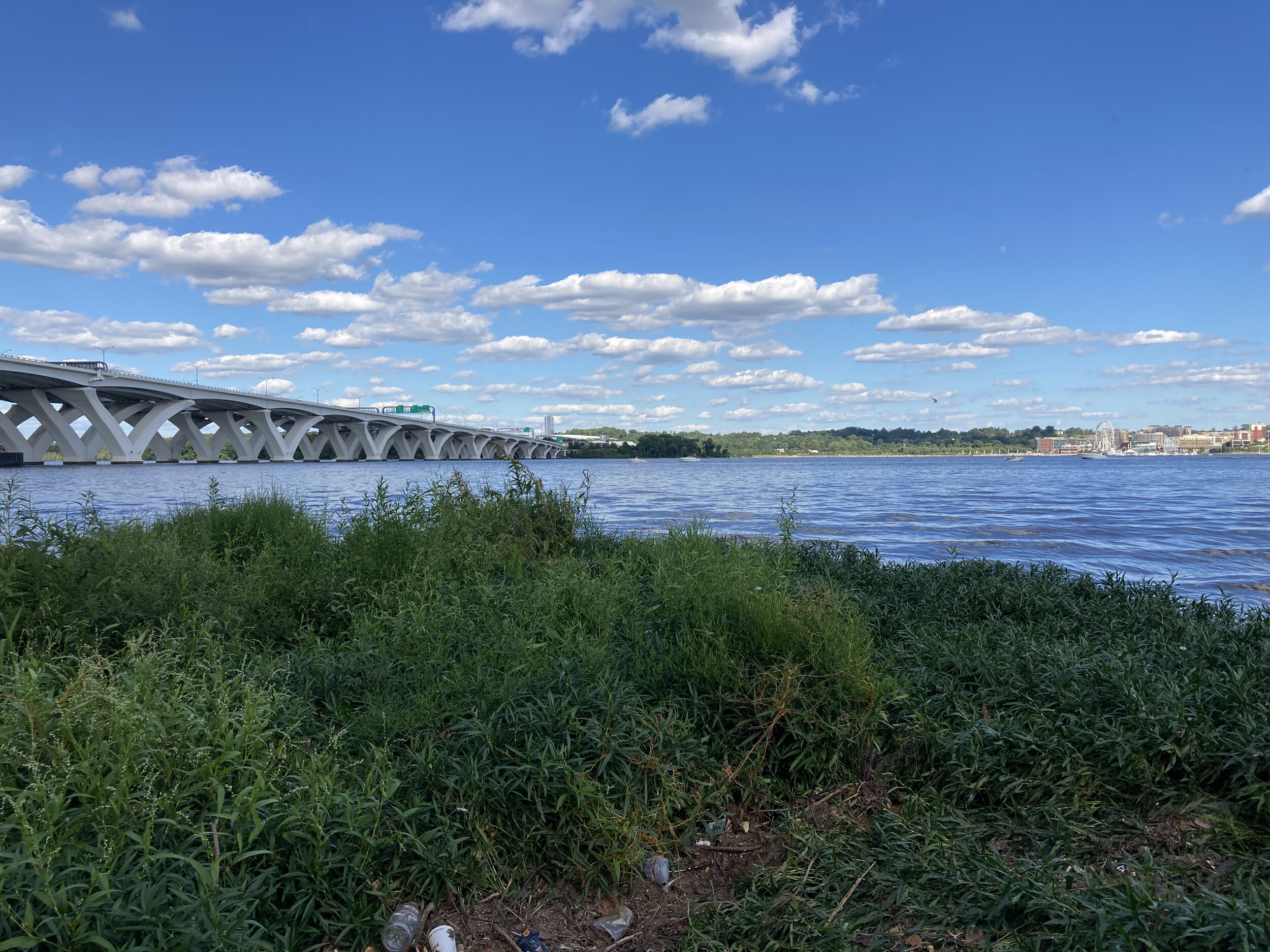
The Ohio River
September 7, 2020
Ohio Riverfront Park, Marietta, Ohio
This sample was taken at a boat ramp and park with a minimal natural shoreline. This sample has been disturbed by accident and shows some mixed cyanobacteria and iron-oxidizing bacteria.
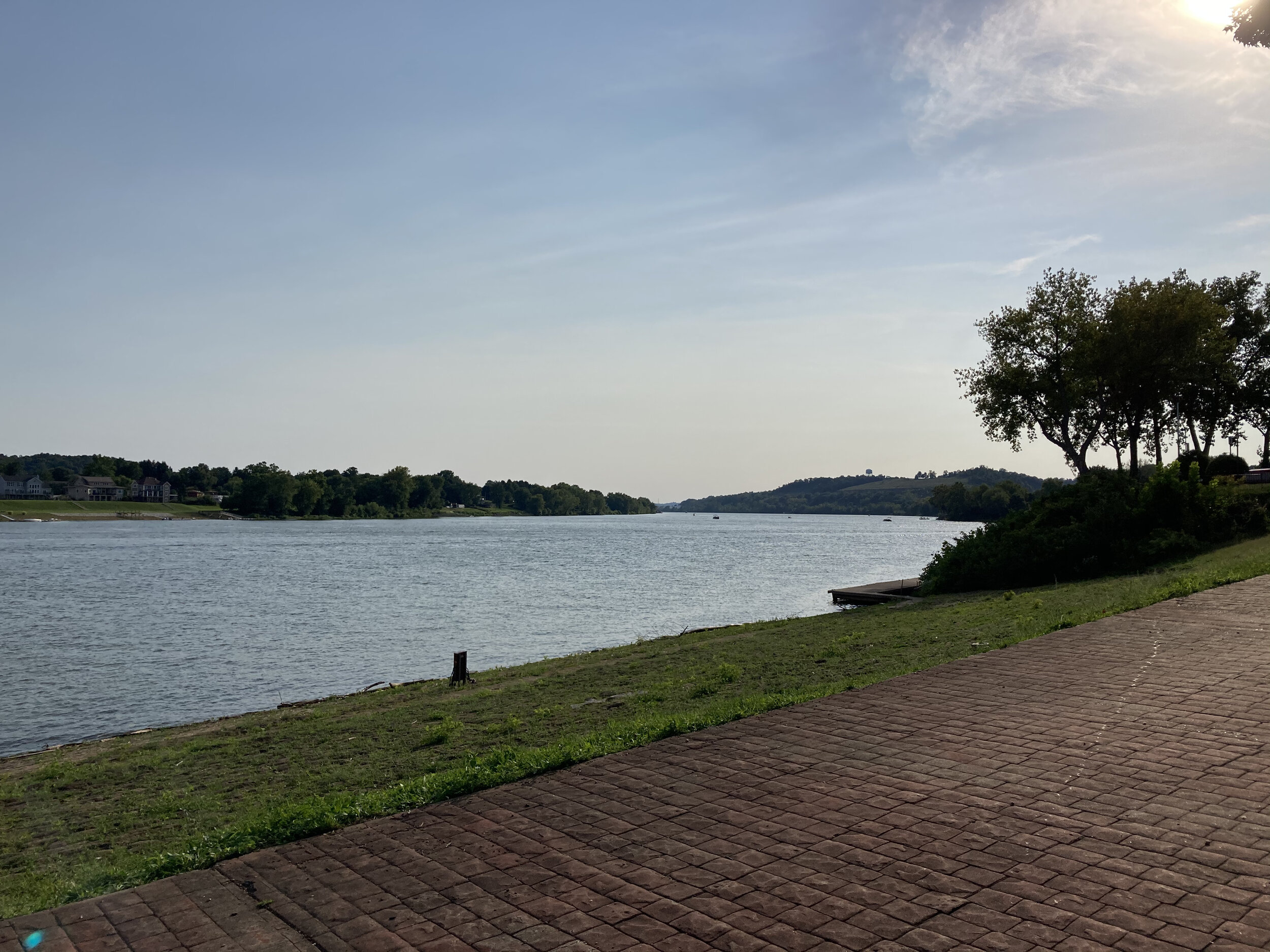
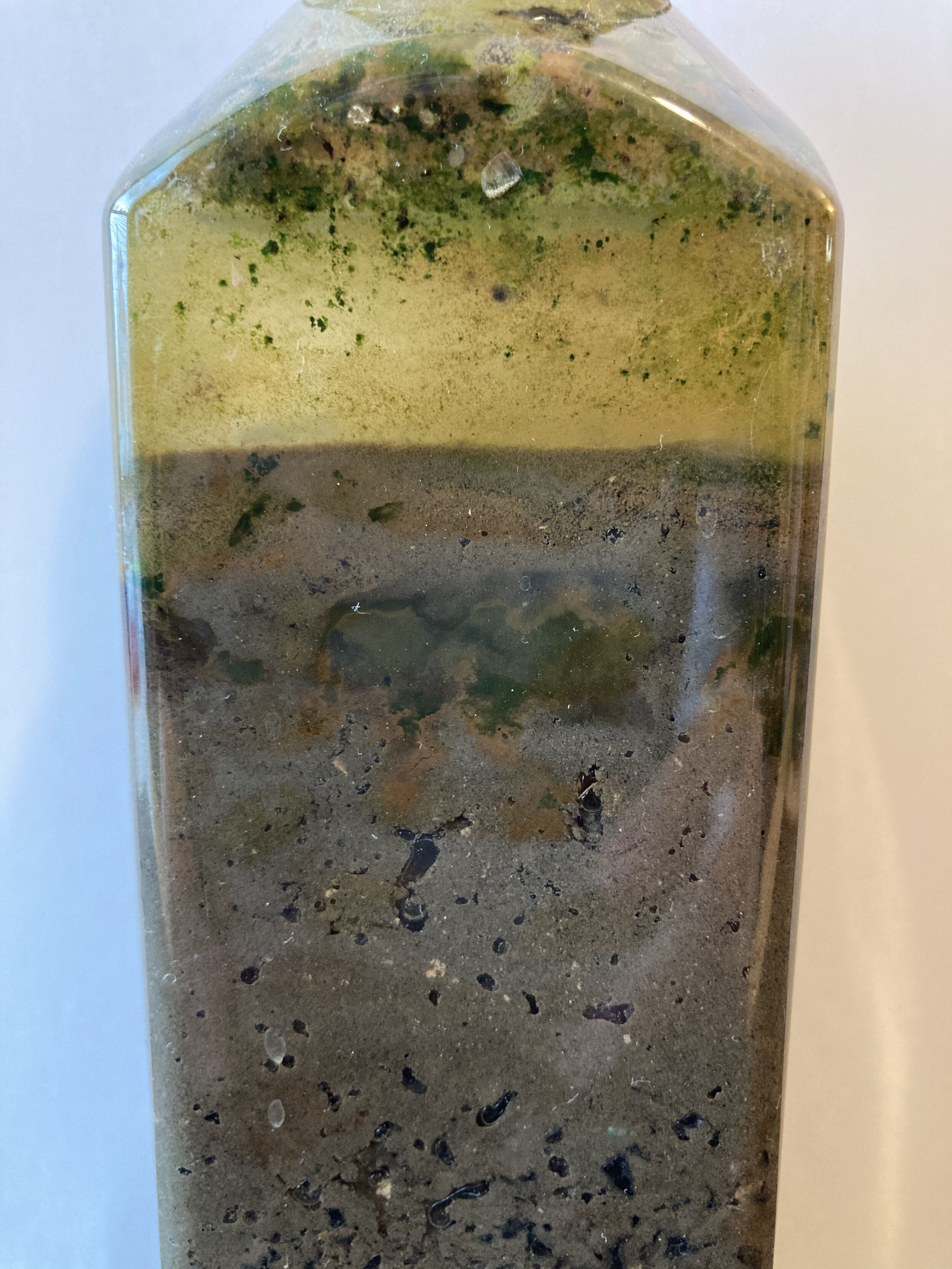
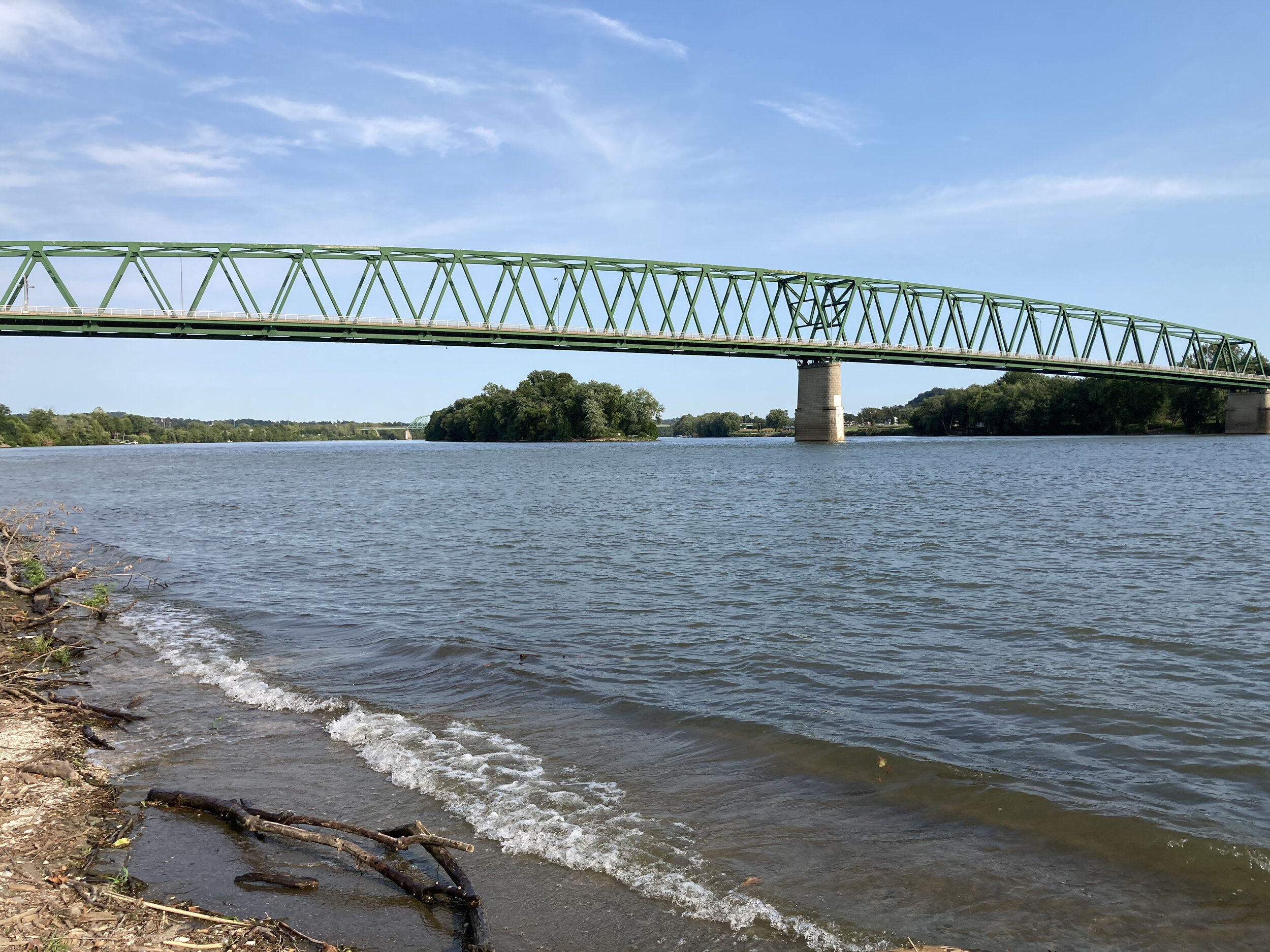
The Tuscarawas River
September 12, 2020
Boat ramp near Schoenbrunn Village site, New Philadelphia, Ohio
Although not a major waterway, the Tuscarawas River was the major river of my childhood and fed the Ohio & Erie Canal that founded my home communities. This sample was also very active with seeming sewage contamination, overflowing several times and bubbling furiously. The sample shows profuse iron-processing bacteria, not surprising given the area was a historical site for steel mills and mining.
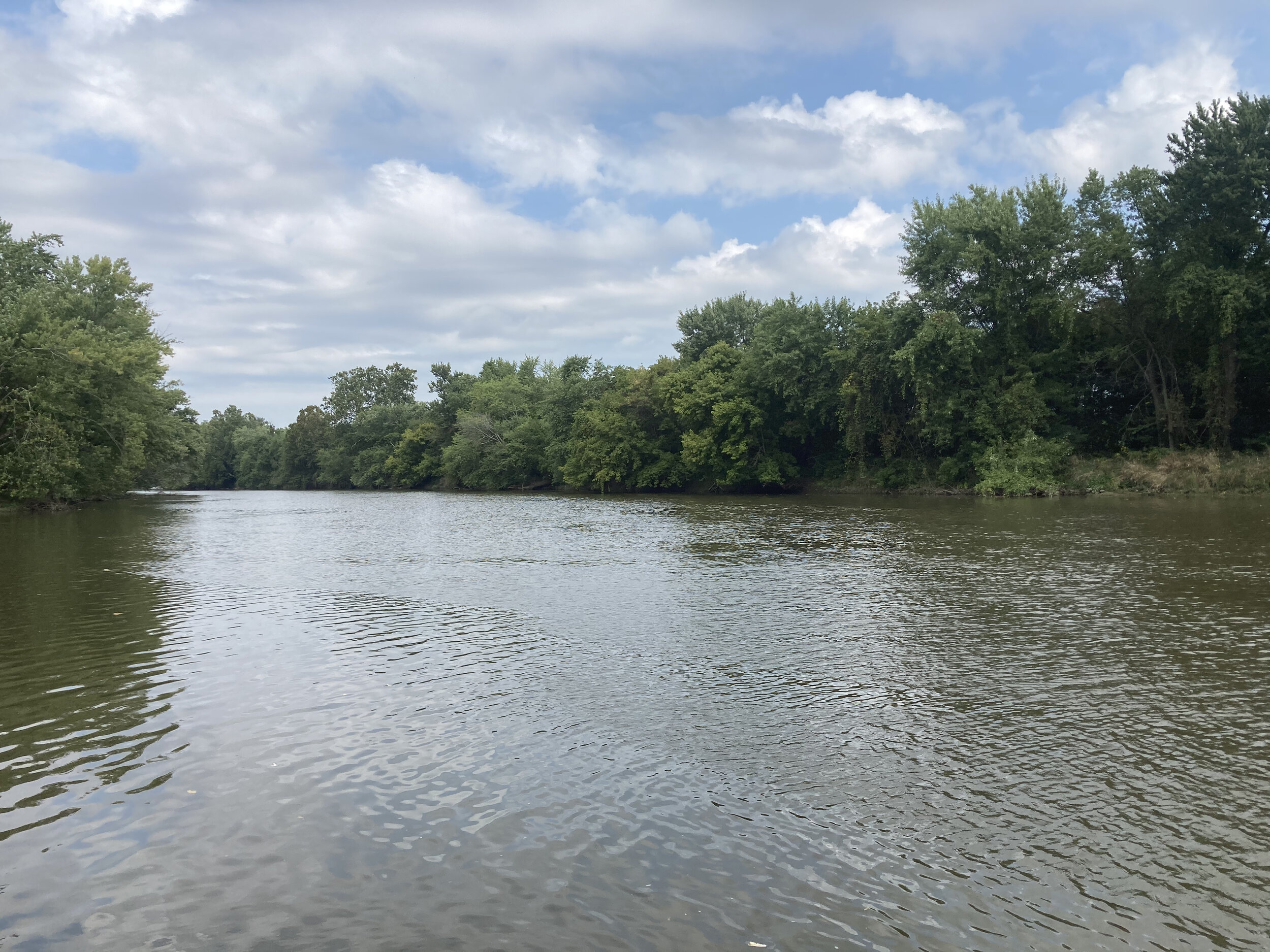
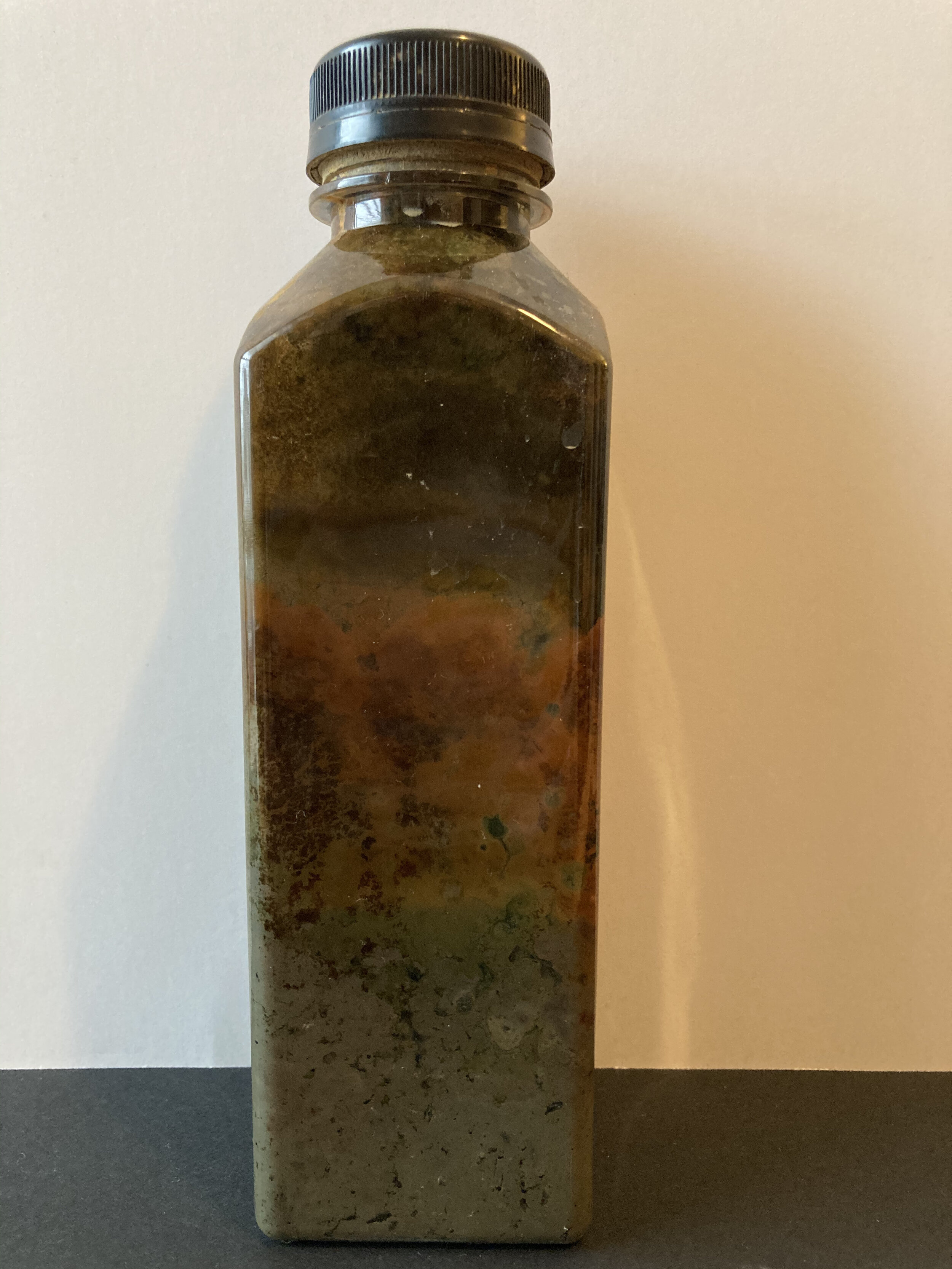
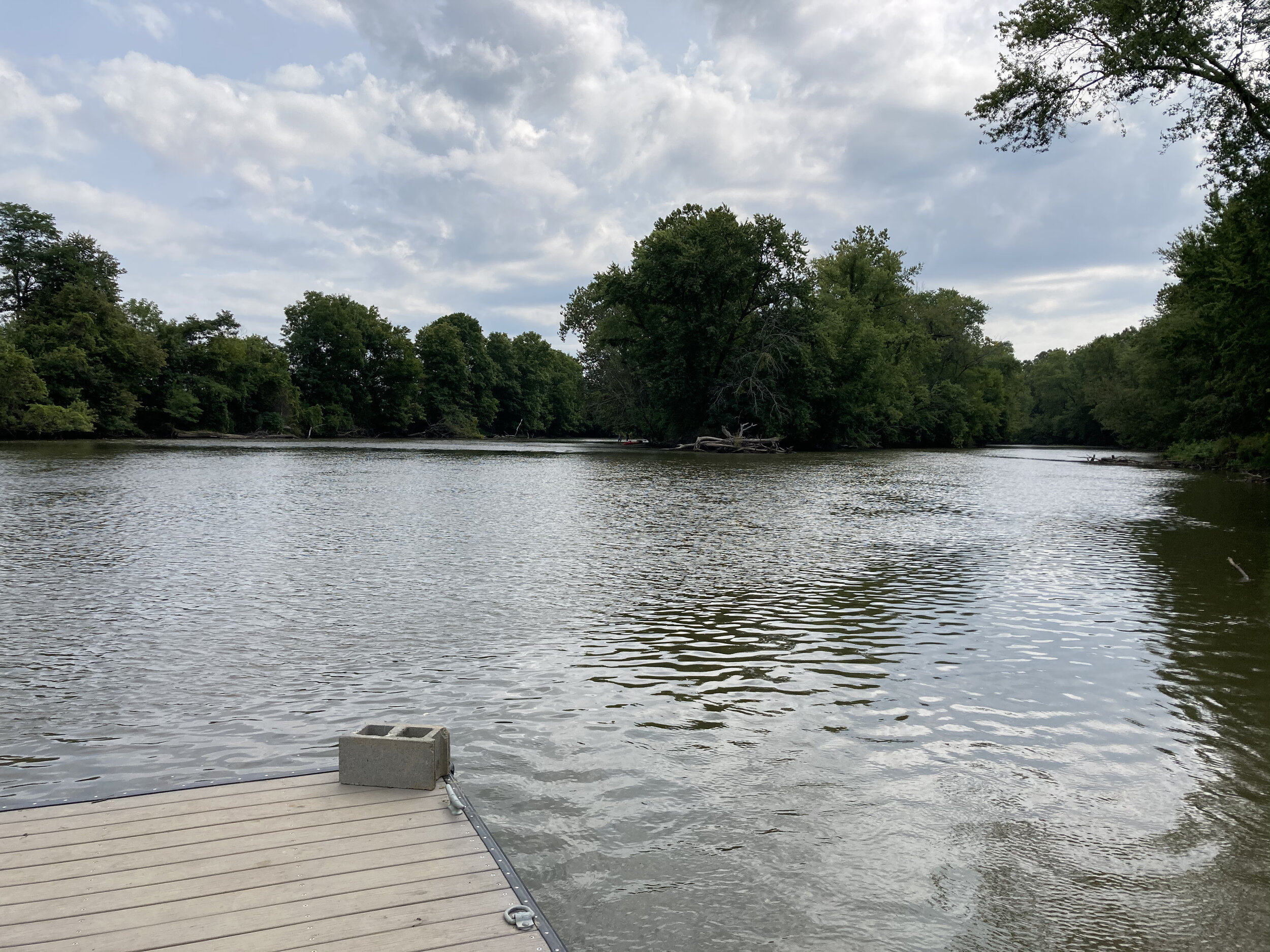
Lake Huron & Lake Michigan
September 16, 2020
Mackinaw City, Michigan
Collected where Lake Huron and Lake Michigan meet under the famous Mackinac Bridge, this sample has shown the least growth, with some small colonies of iron-processing bacteria and cyanobacteria. This might be due to the very dense beach sand and mud that comprise this column.
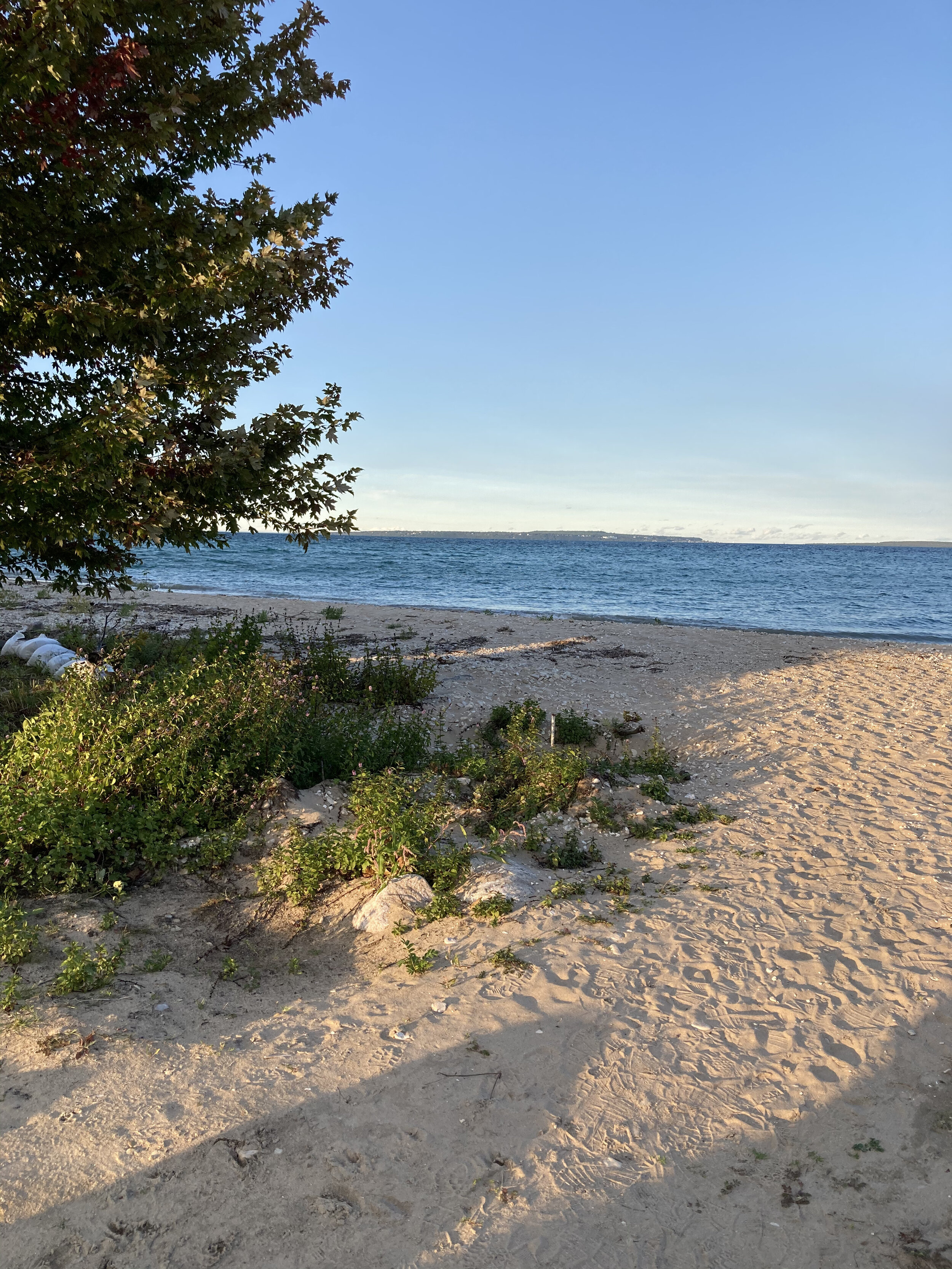
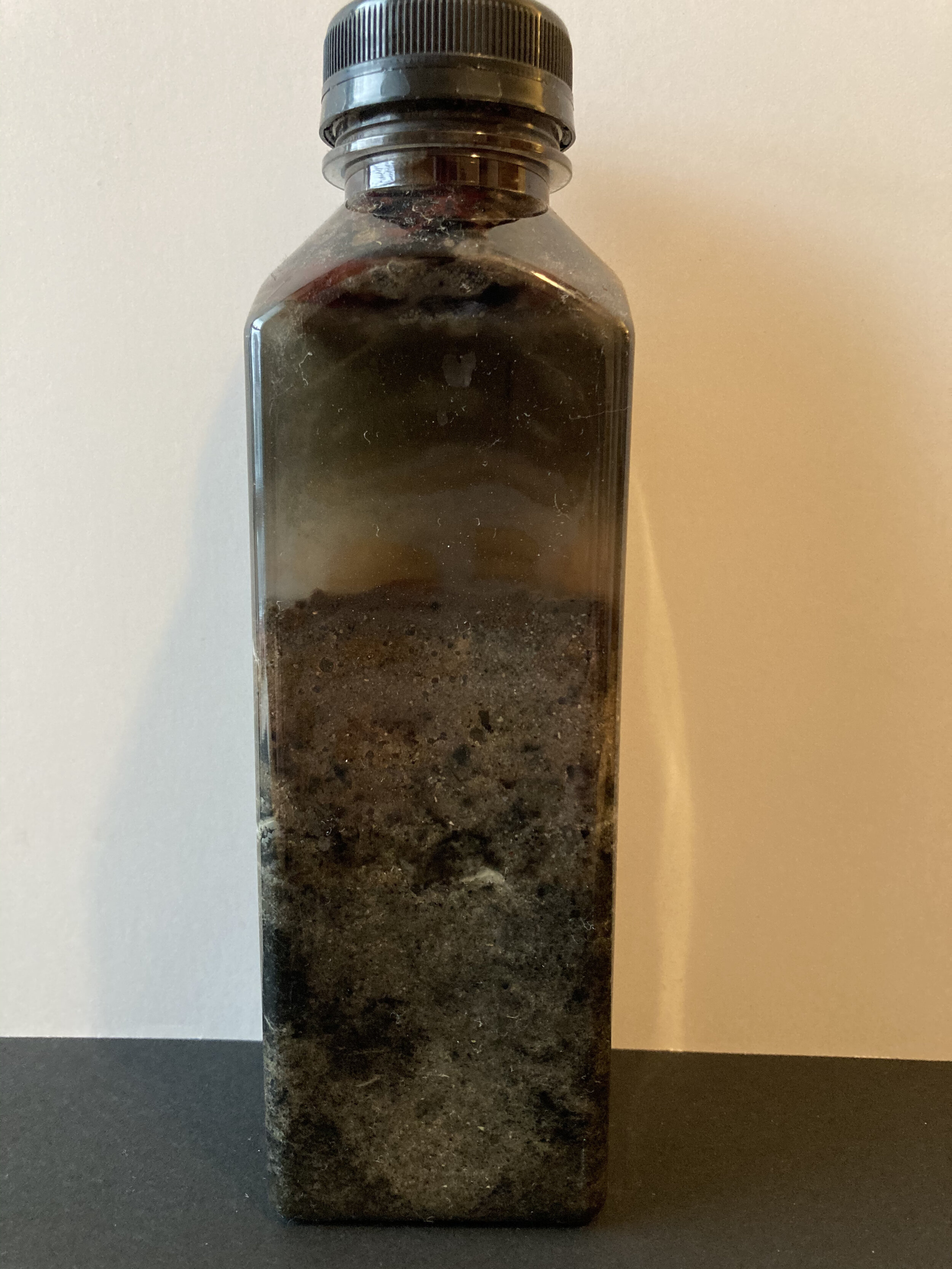

Lake Superior
September 17, 2020
Bayview Park, Ashland, Wisconsin
This sample was collected near the shoreline of the historic Soo Line Iron Dock. Densley packed beach sand and bright orange with iron, this sample was slow to grow and has only developed a layer of cyanobacteria at the 5-month mark.
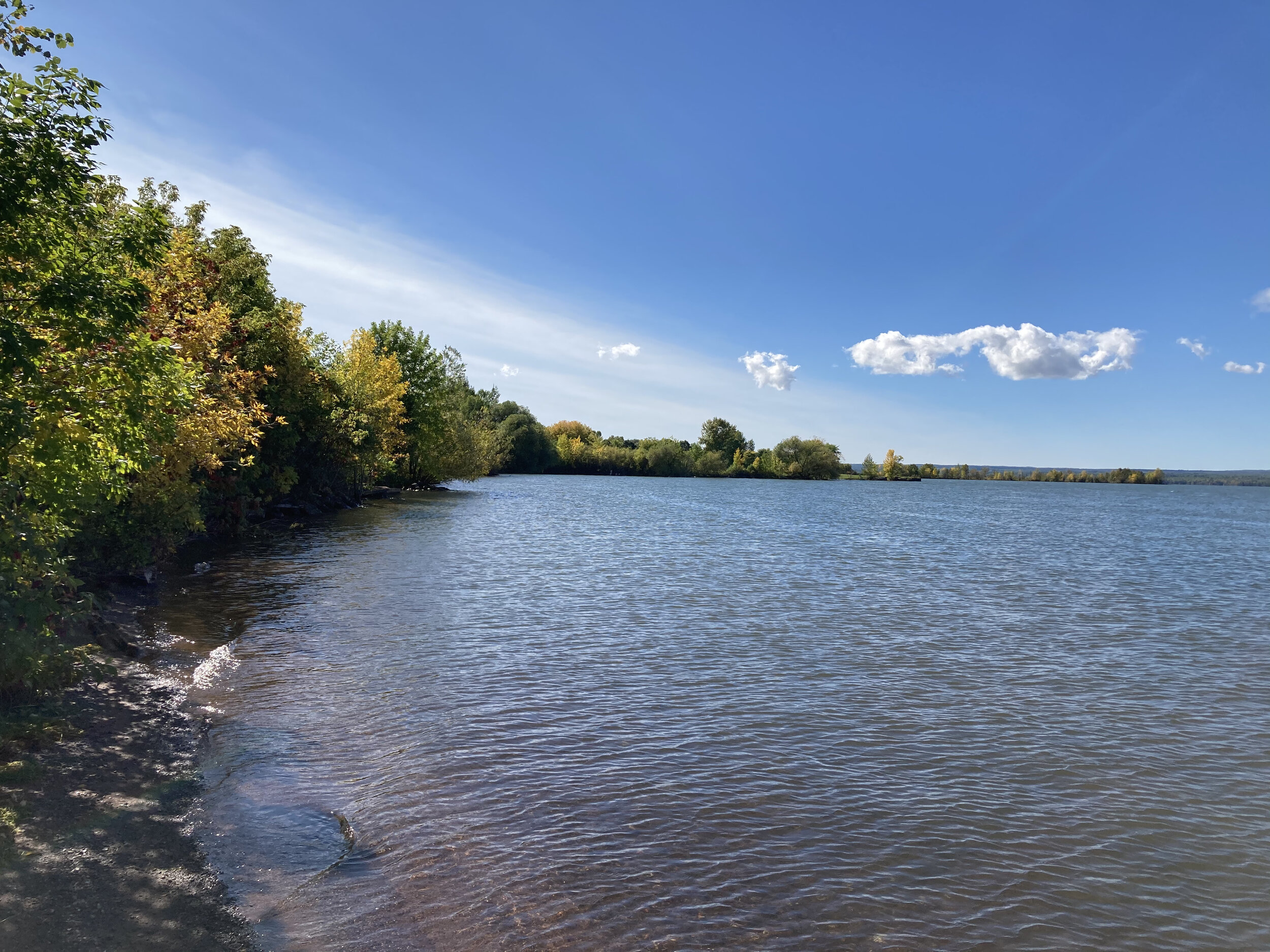
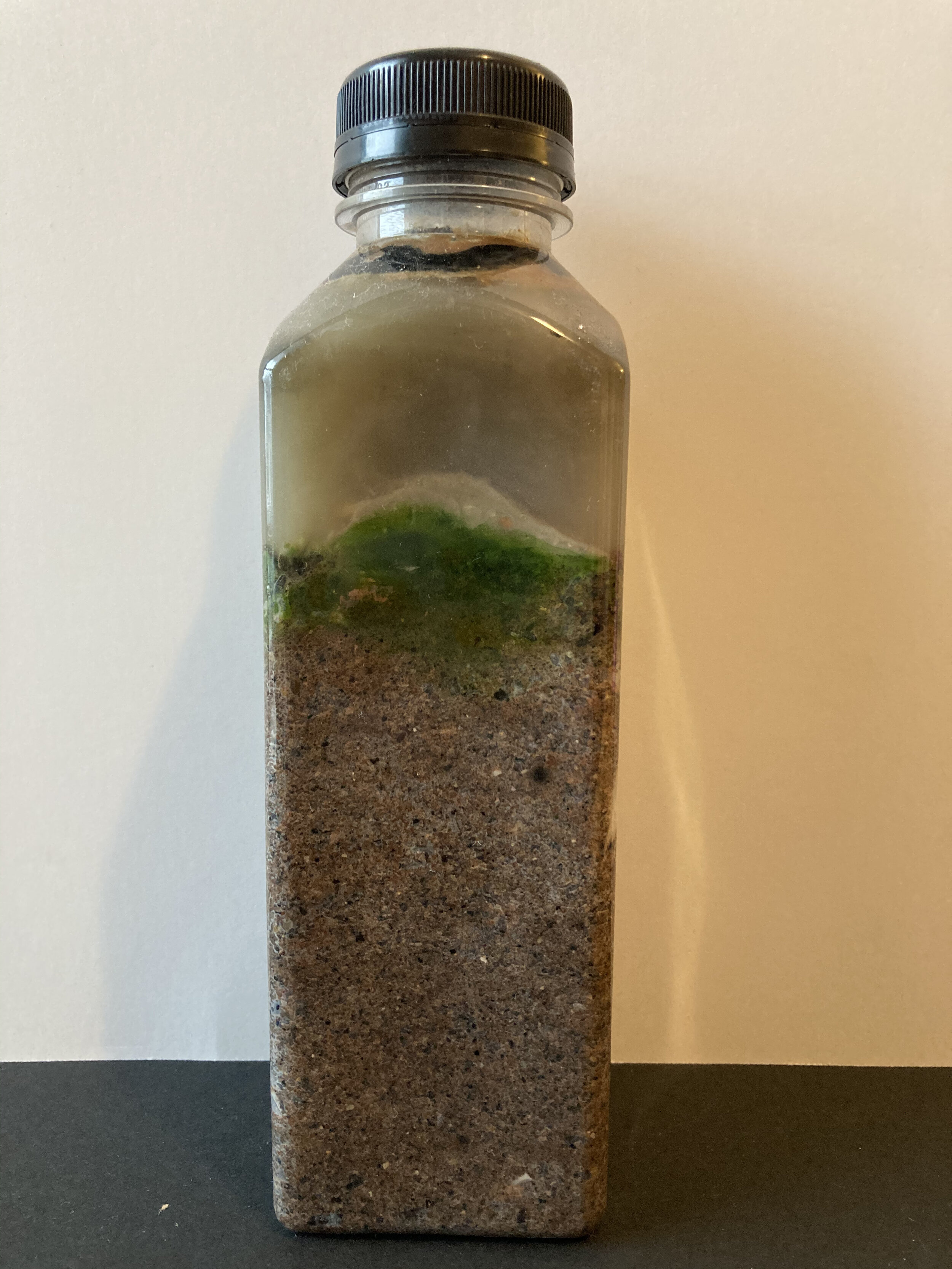
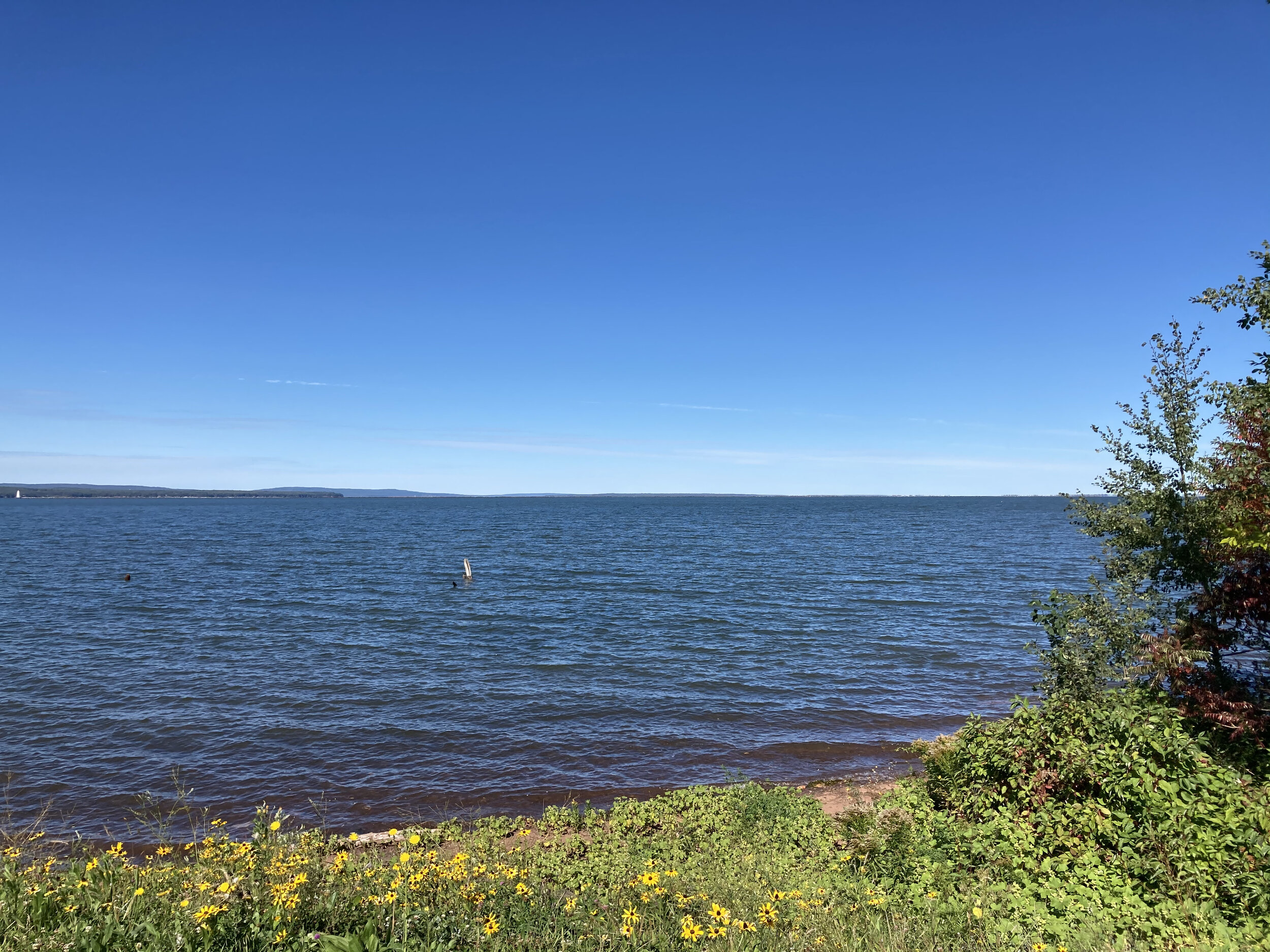
The Mississippi River
September 18, 2020
Oakland Park, Grand Rapids, Minnesota
This was a wonderful stop on our trip and a pleasure to visit the Mississippi River so far north on the continent. The collection site was a small access point in a local park and has proven to be one of the more active samples. This beautiful column has profuse red bacteria along with pockets of green cyanobacteria. This is one of my favorite columns of the group and reminds me of the lovely river in early Autumn.
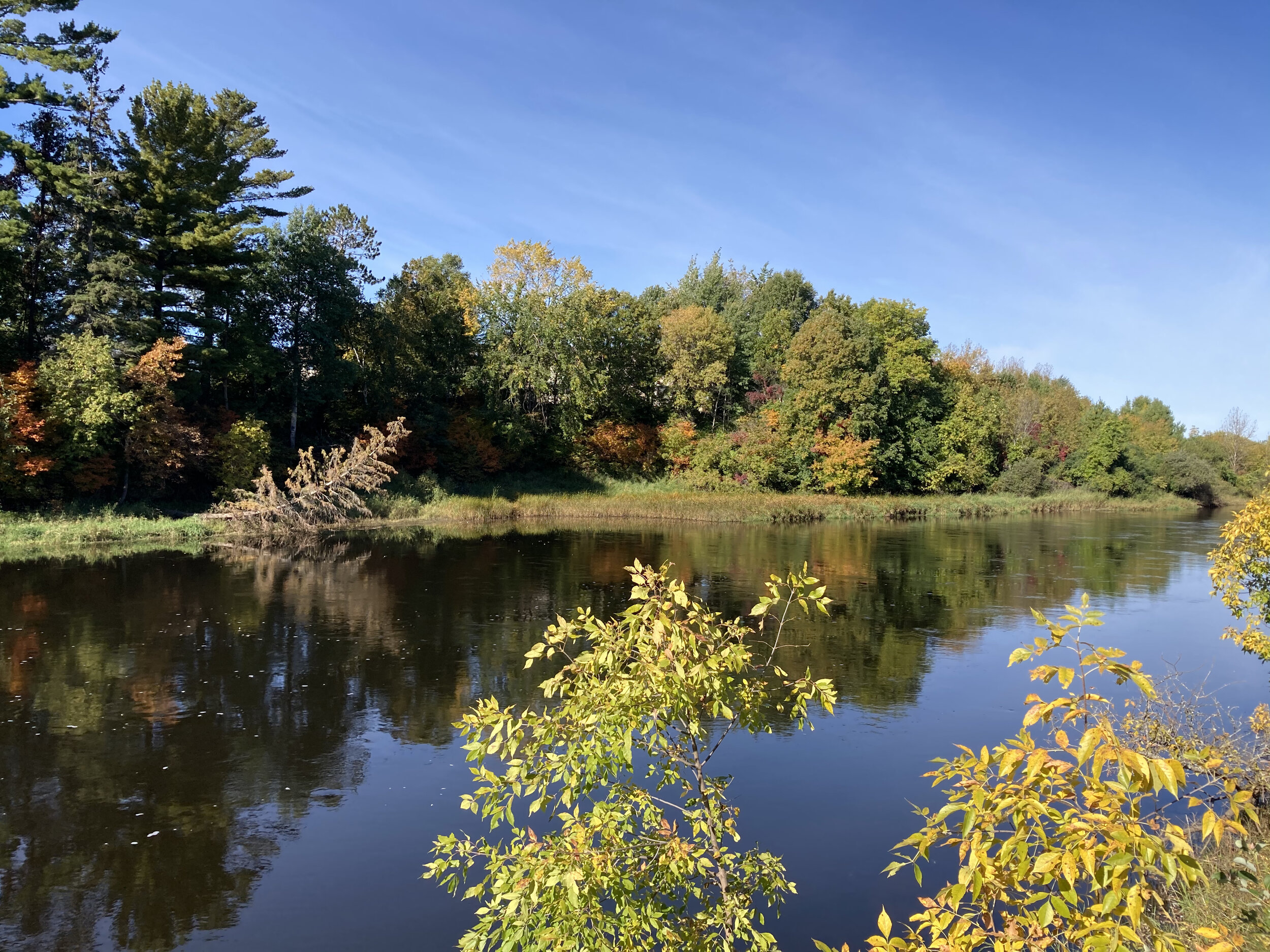
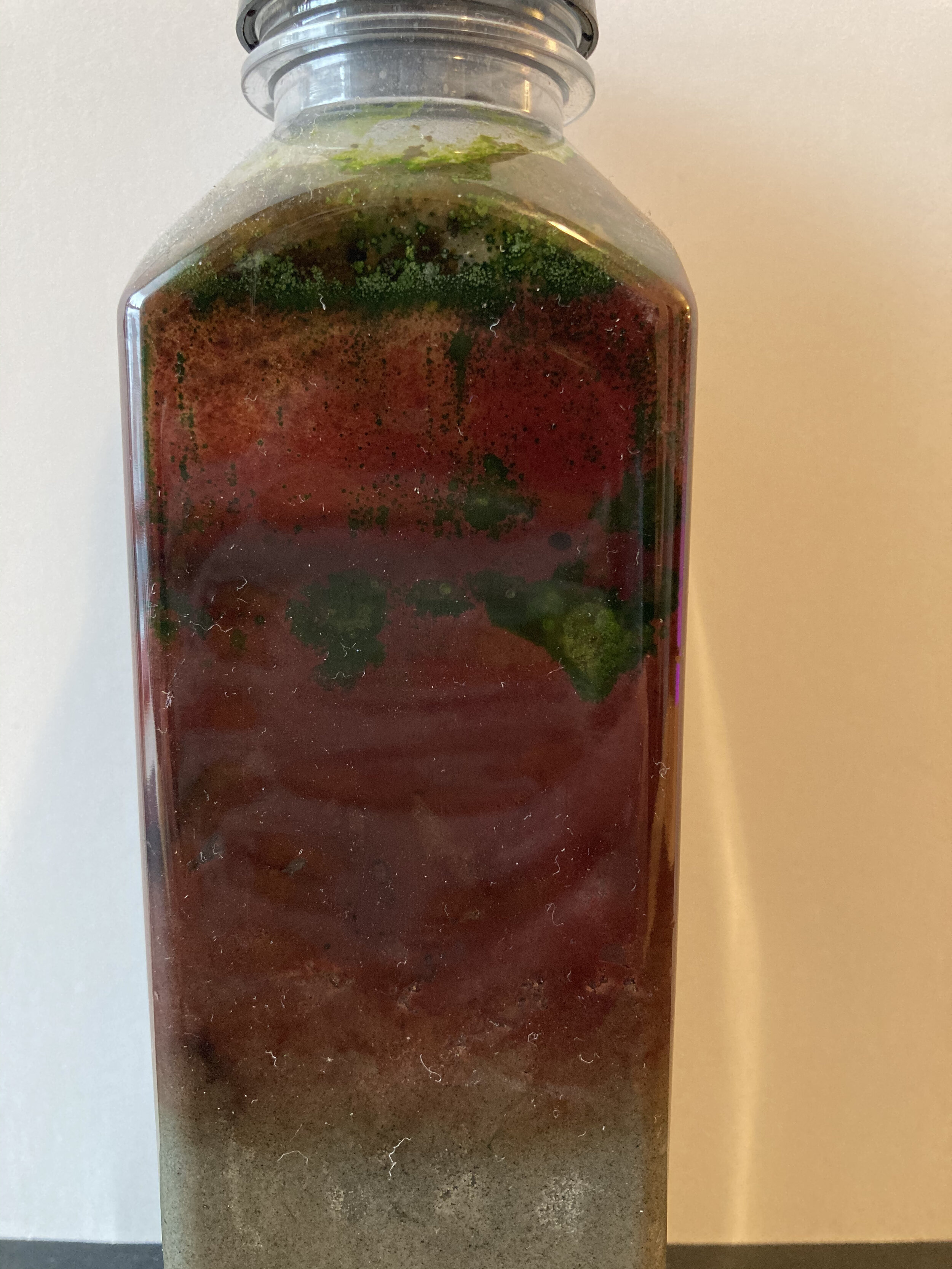
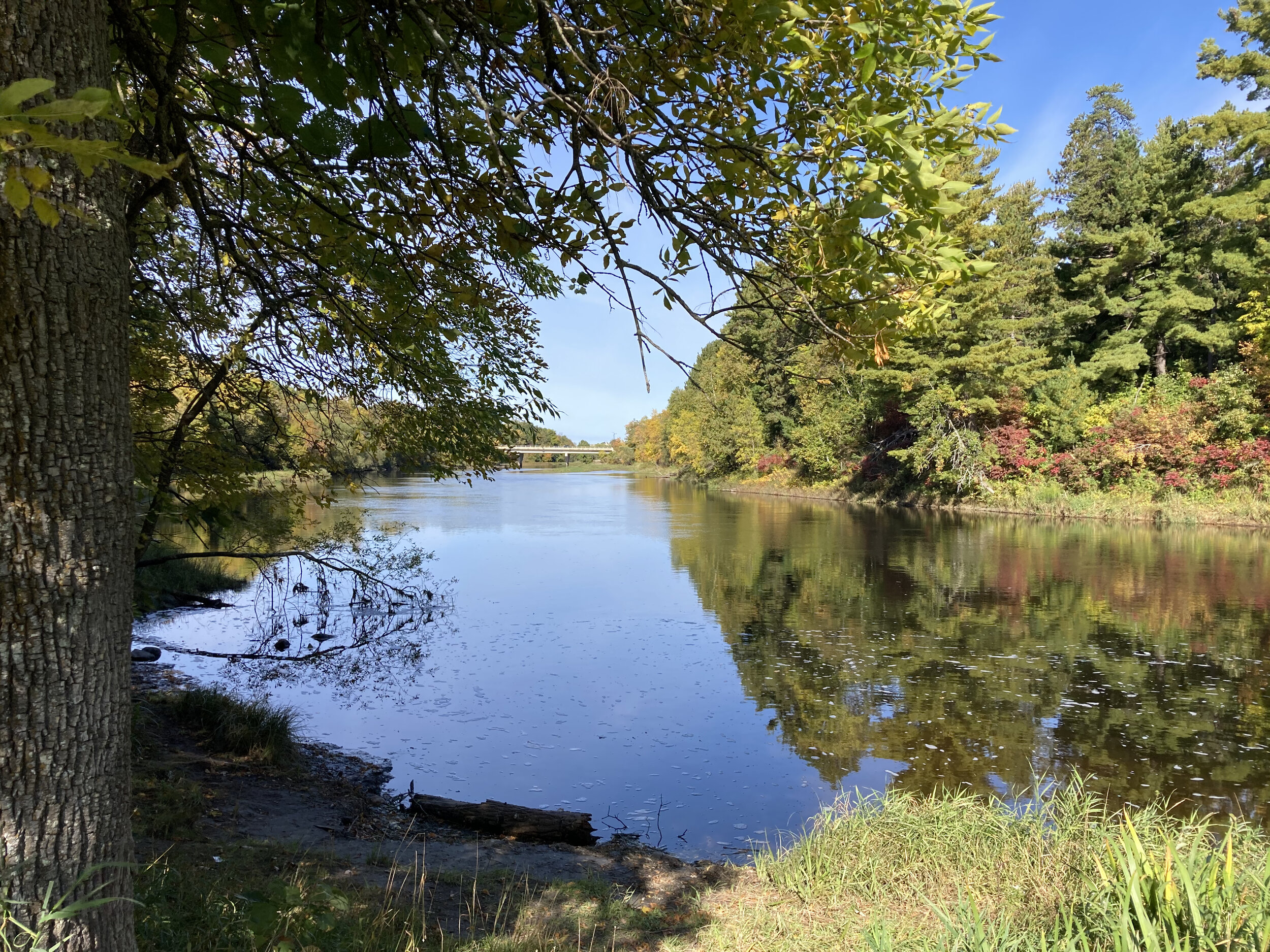
The Missouri River
September 19, 2020
Lewis & Clark Park, Wolf Point, Montana
This little park has really lovely views of the Missouri River basin and has inspired me to visit the Missouri Breaks in the future. The shoreline here had tracks from several different animal species. This sample has been slow to grow with some cyanobacteria and mixing.
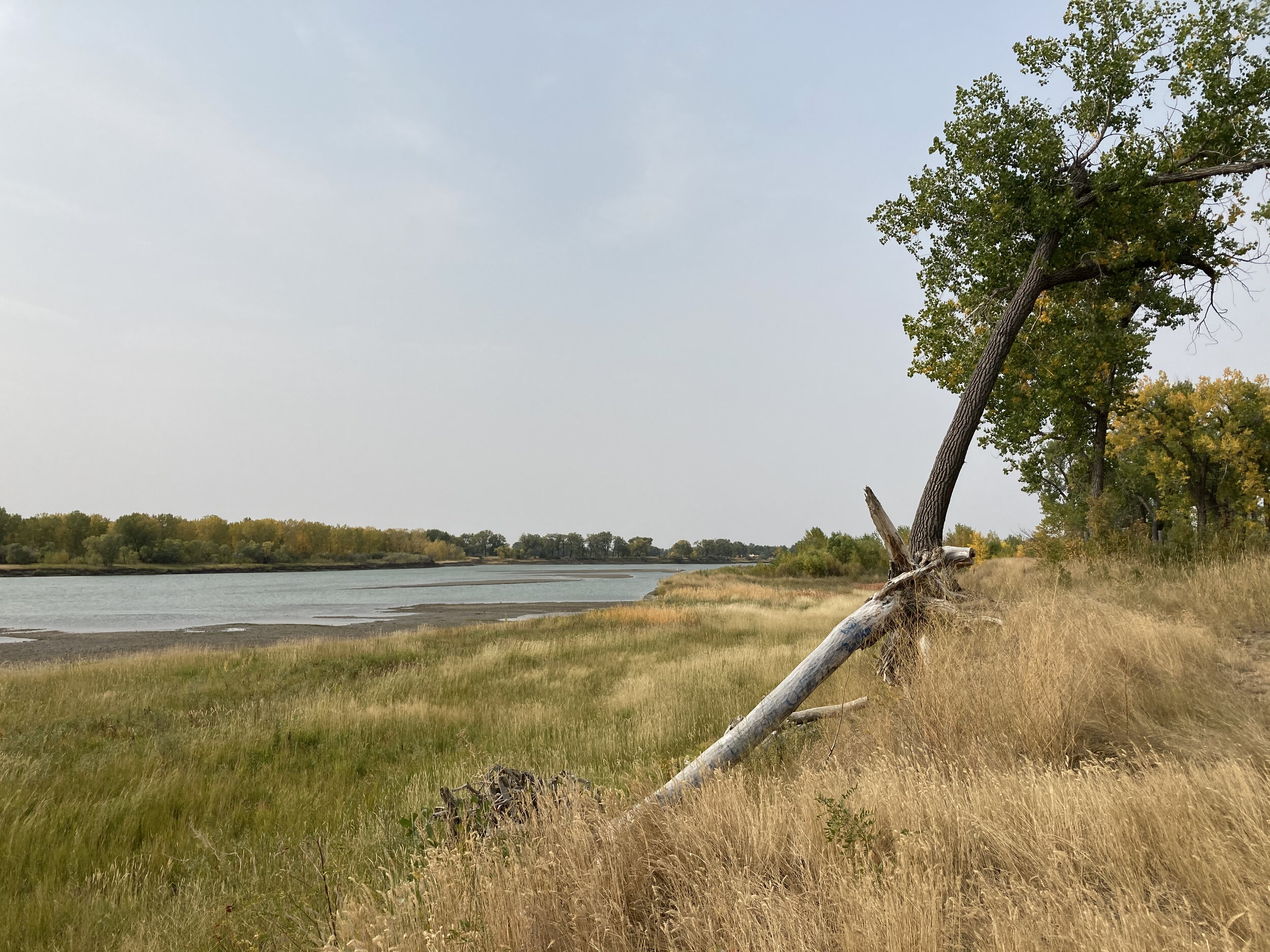
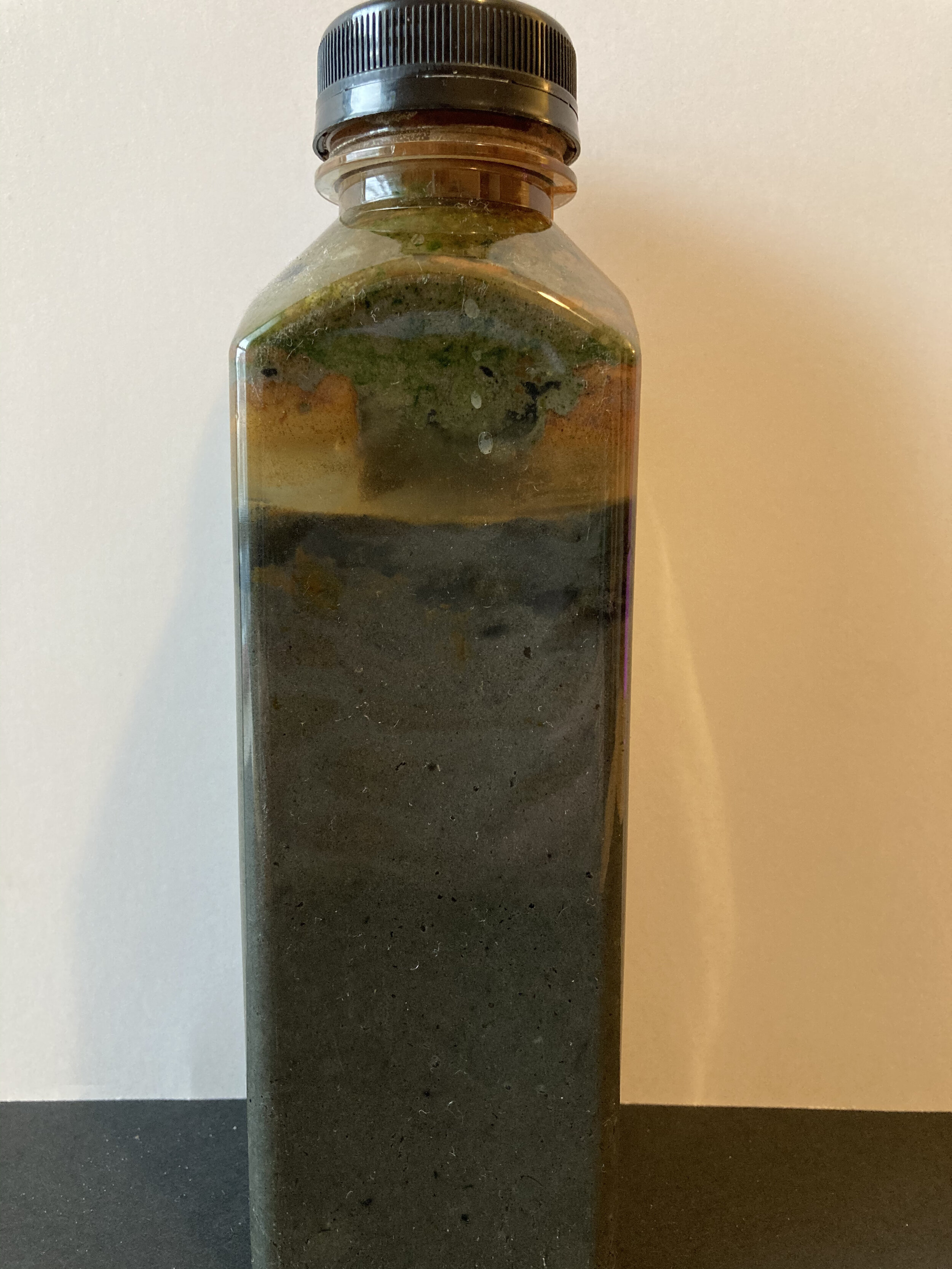
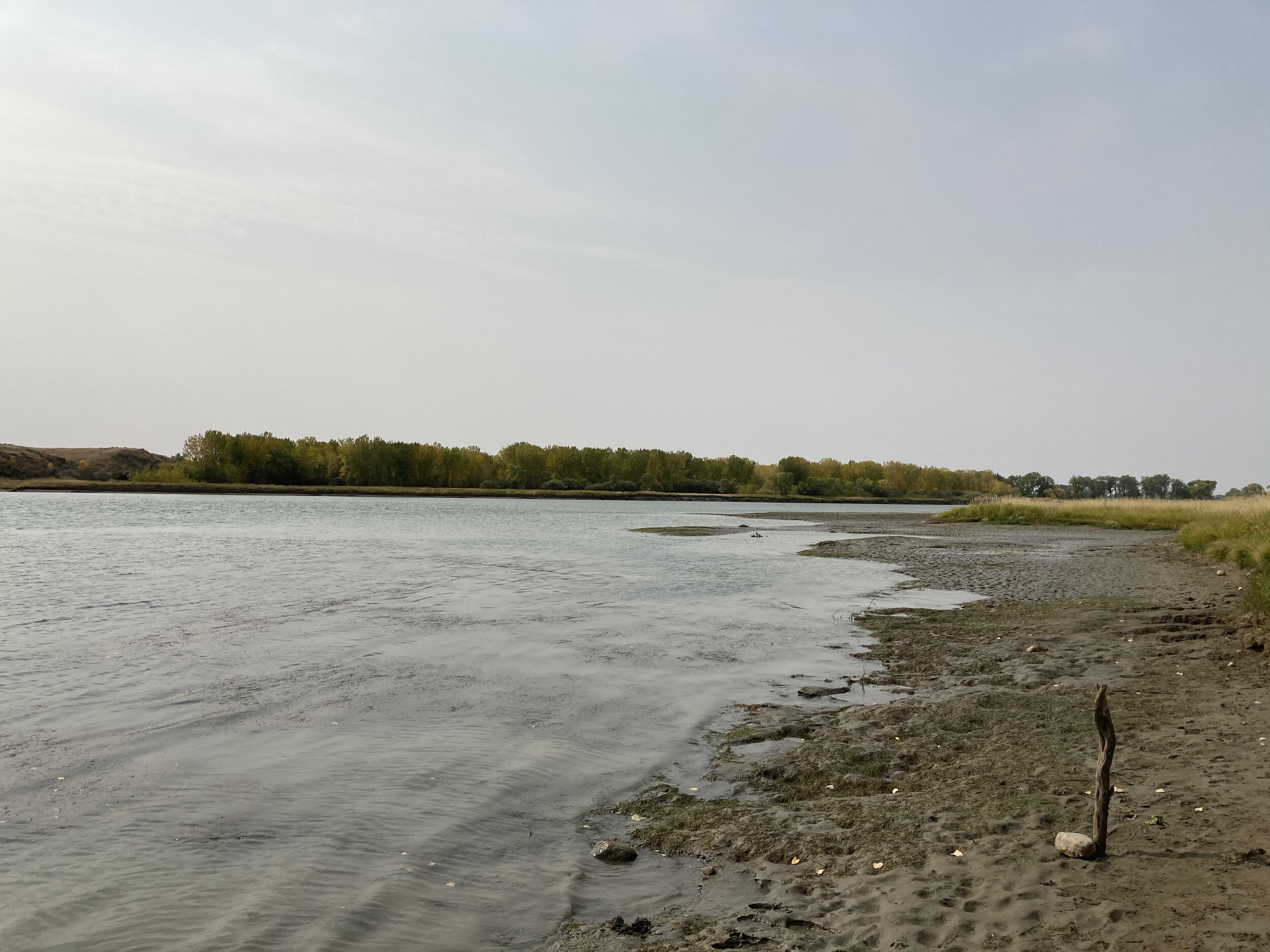
The Milk River
September 19, 2020
Milk River Park, Hinsdale, Montana
The Milk River, named for its milky tea color, runs through much of Northern Montana and is an important source of water in the semi-arid plains grassland biome. It was also our companion on Highway 2, running roughly along our route to Glacier National Park. This column has a very thick, dark bacterial layer and shares many characteristics of the Missouri sample. The Milk River is a major tributary to the Missouri River.
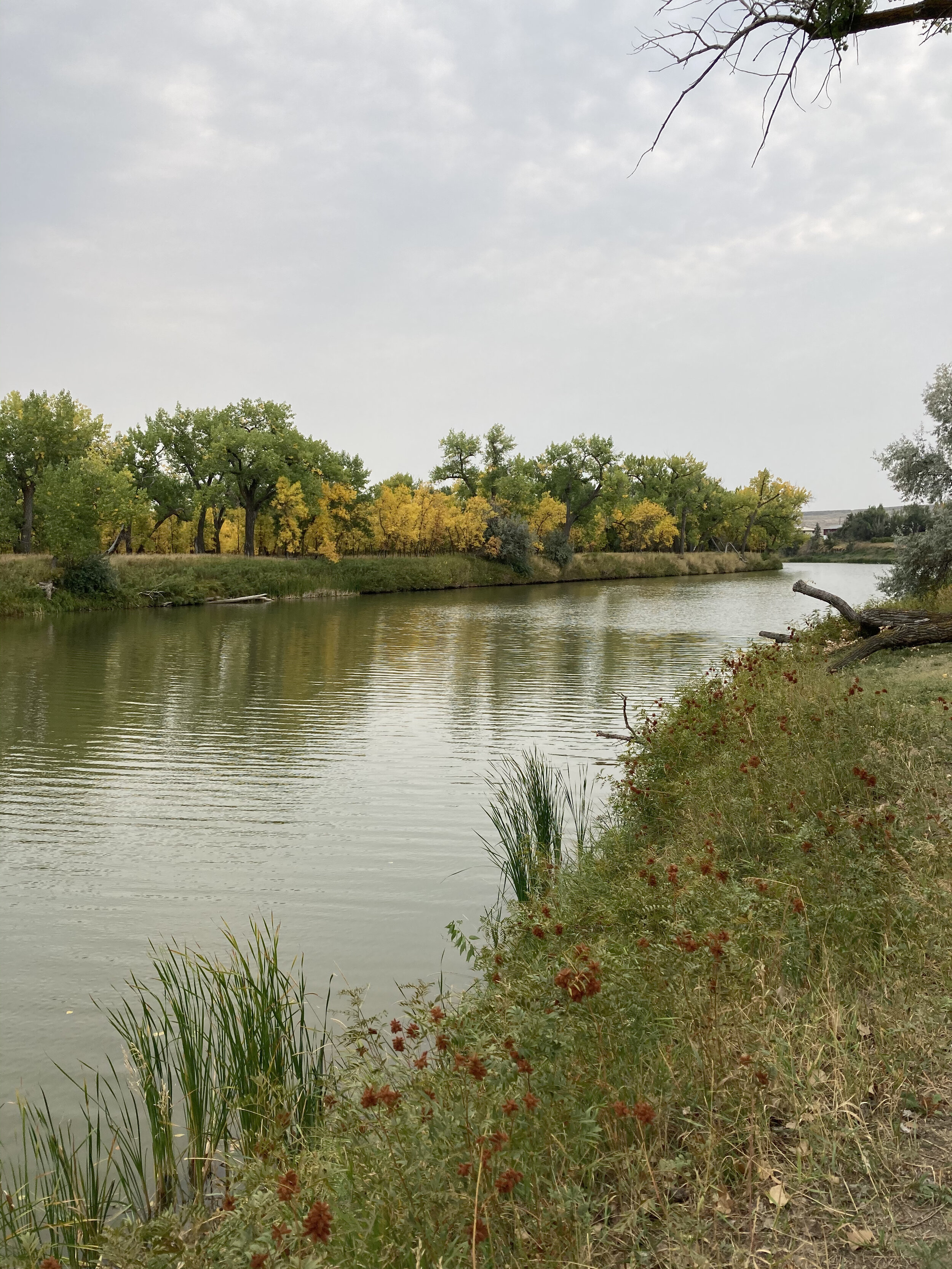
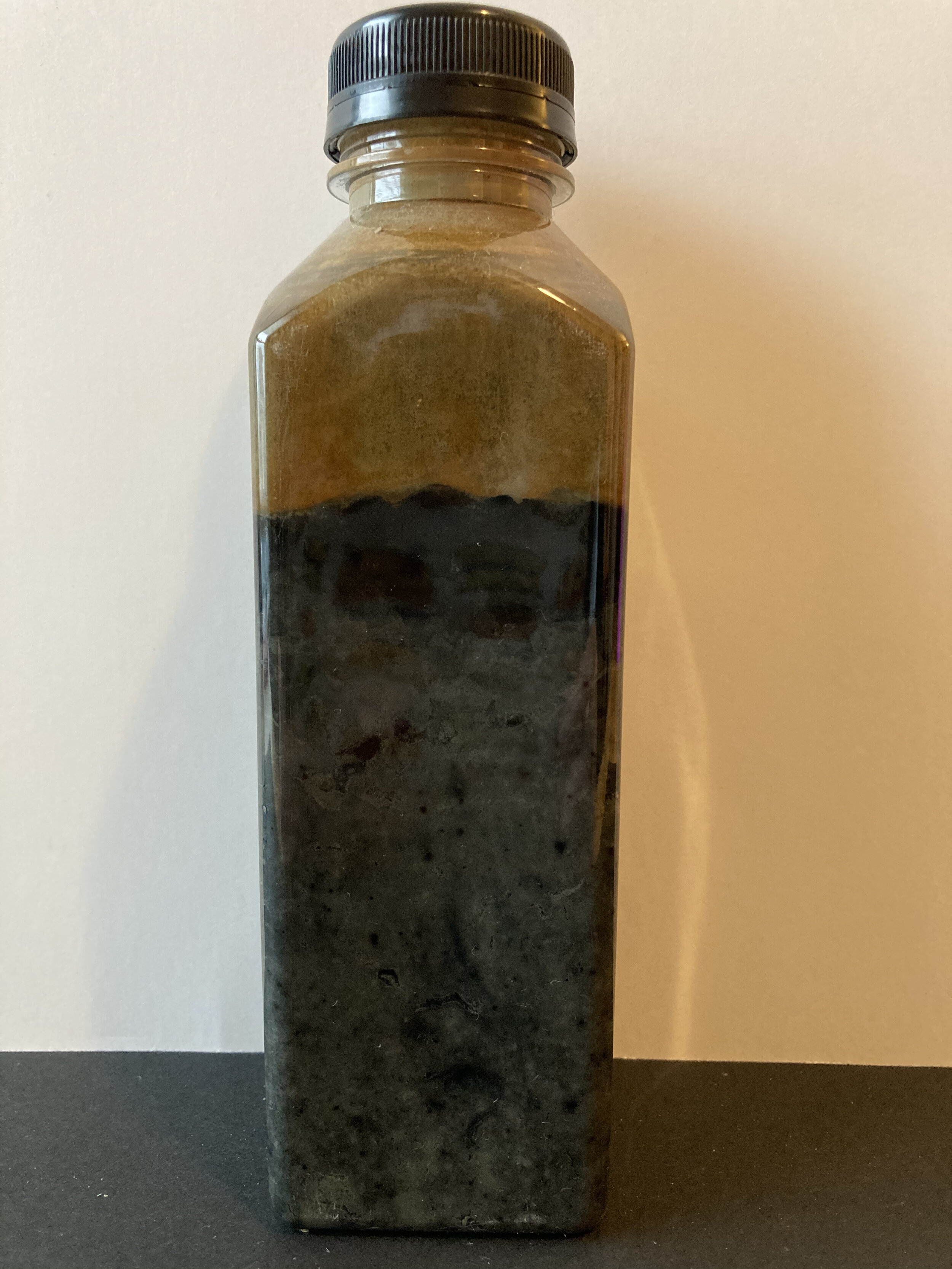
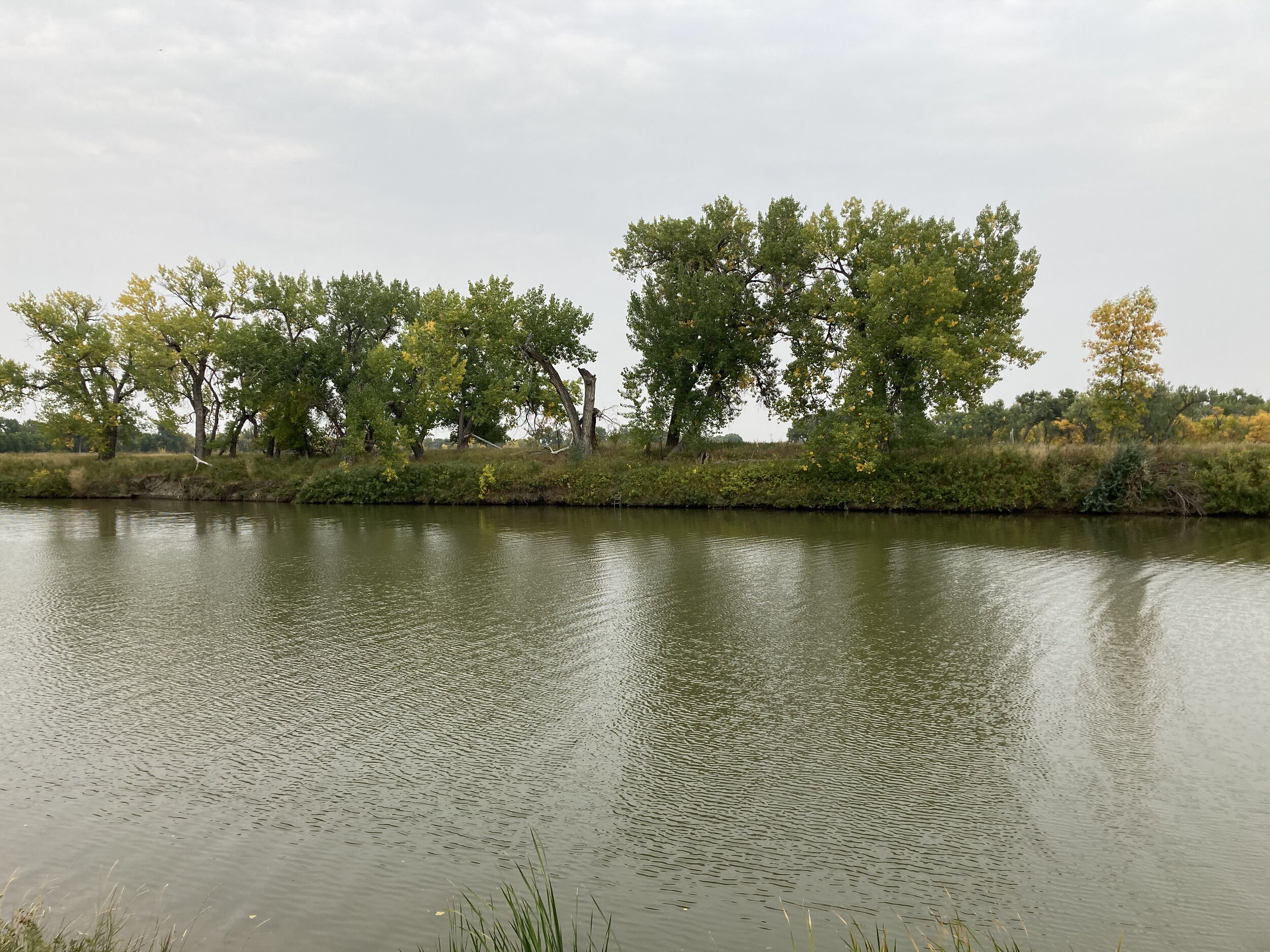
The Columbia River
September 27, 2020
Priest Rapids State Wildlife Area, Mattawa, Washington
The Columbia River canyons are some of the most beautiful scenery I have ever seen and always welcome me before I make the trip home through the Cascade Mountains. This sample was taken at one of the many public access areas along the Columbia River south of the Priest Rapids Dam and deep in apple farm country. This column is profuse with cyanobacteria and is beginning to stratify into further layers.
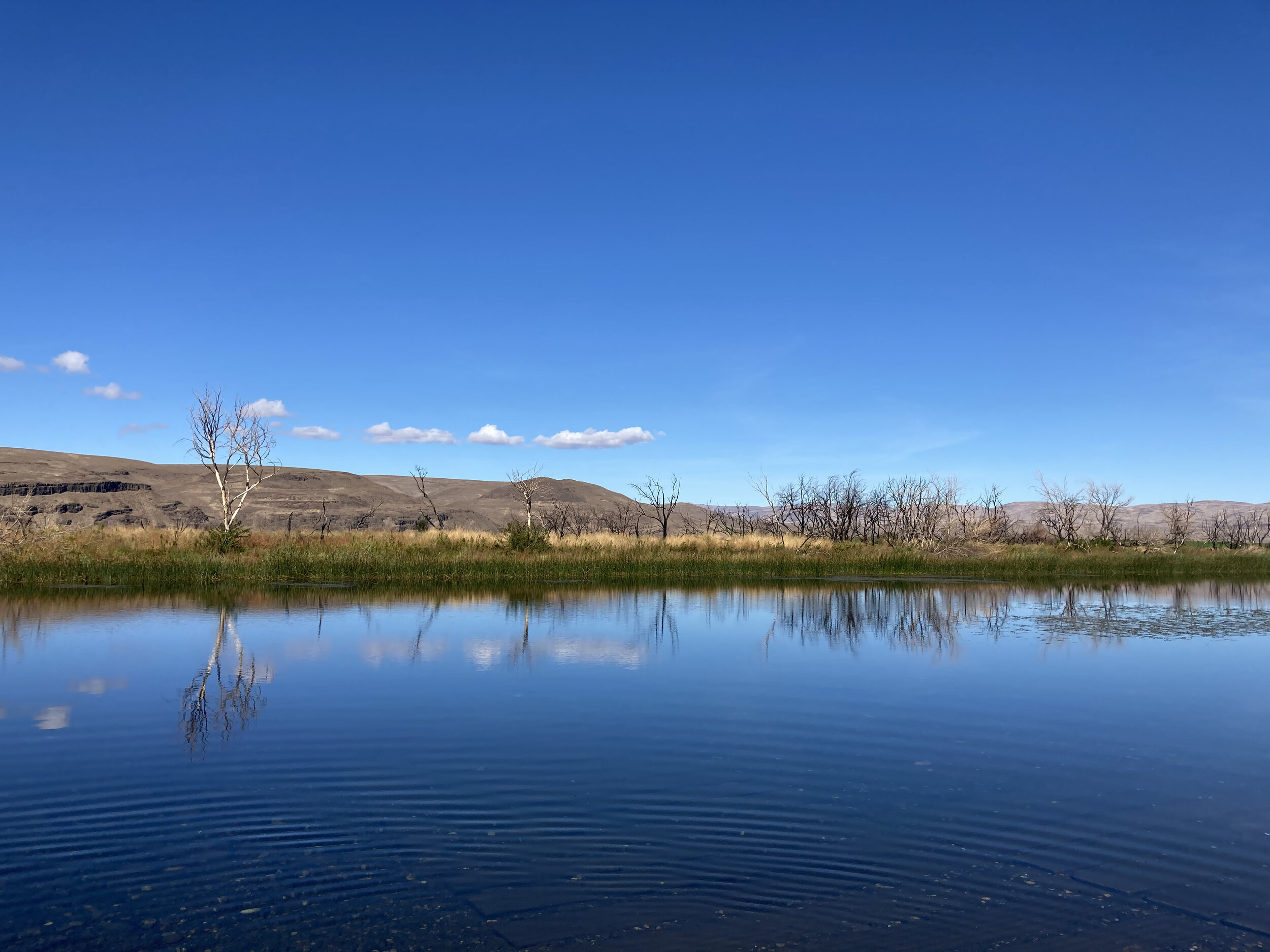
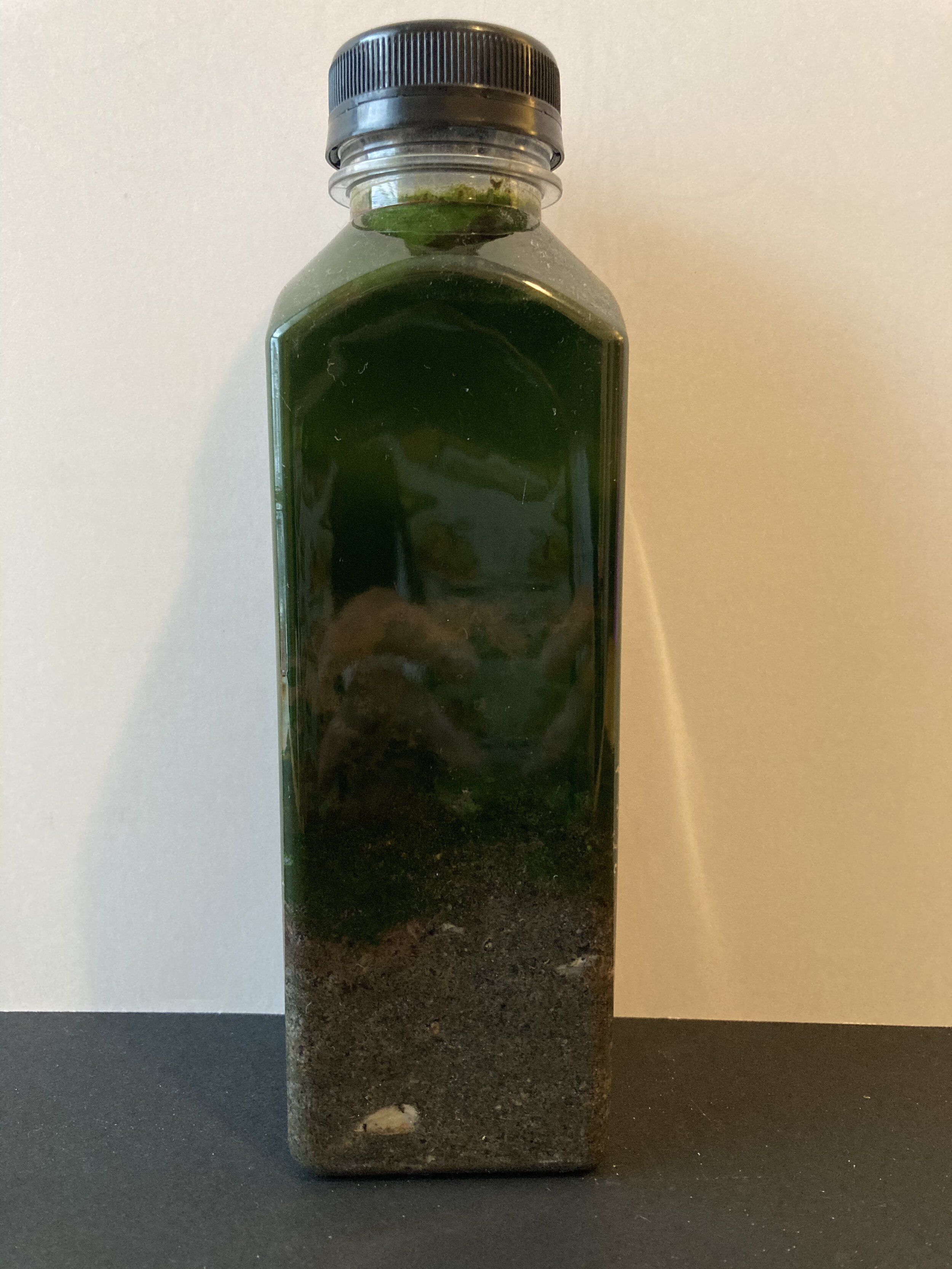
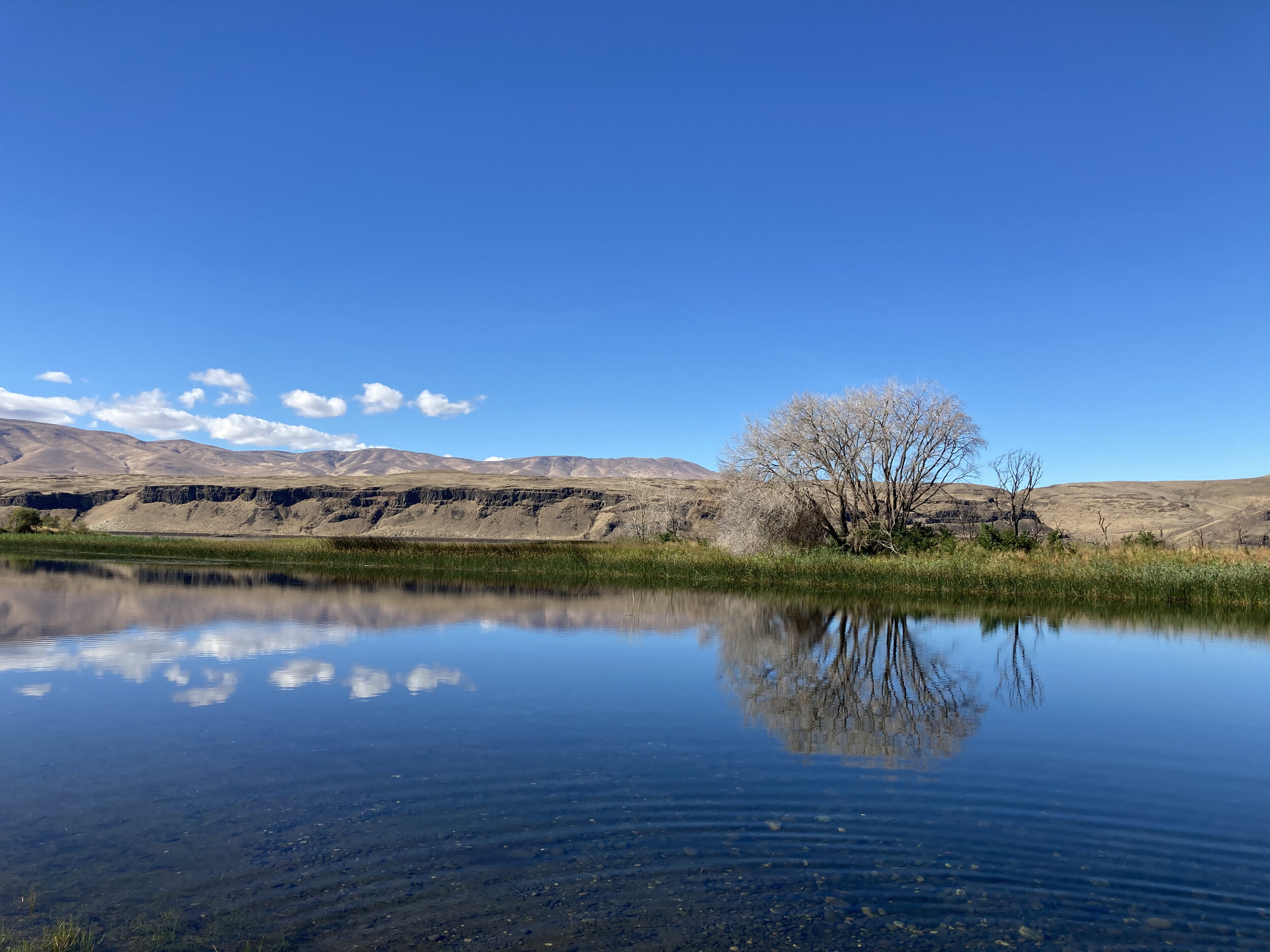
About the Project
Process
I collected about 1 liter of water and mud from the shoreline of sample locations. I created the columns as soon as possible, usually the same day as the sample was taken. Each column was mixed with chipped paper from an art journal providing a carbon source as well as fresh egg yolk, providing a sulfur source. Each art journal page I used contained an ambition or life wish I had which added a personal ritual element to the process.
All columns are kept at room temperature, roughly 68F/19C, and exposed to natural light at sea level. It should be noted these some of these samples have traveled over 2,800 miles and have been exposed to high elevations.
I plan to leave these columns for at least an entire year, if not beyond. I continue to solicit soil samples from participants to make further columns and explore the biome of diverse locations.
Constraints
When planning my trip I attempted to scout locations where I could access natural shorelines safely and publically. I believe every good project has constraints, so I adhered to the following rules:
No trespassing - all locations must be open to the public
No sensitive environments - locations must be heavily used by humans and show significant human impact
No special trips - We had 2 weeks to drive across the USA. All locations must be no more than 10 miles from our planned route.
Locations
I chose locations that represented major water sources and important watersheds of the areas. Although I sampled and made Winogradsky columns from other locations that interested me, I focused on 10 major waterways:
Potomac River
Ohio River
Tuscarawas River
Lake Michigan
Lake Huron
Lake Superior
Mississippi River
Missouri River
Milk River
Columbia River
